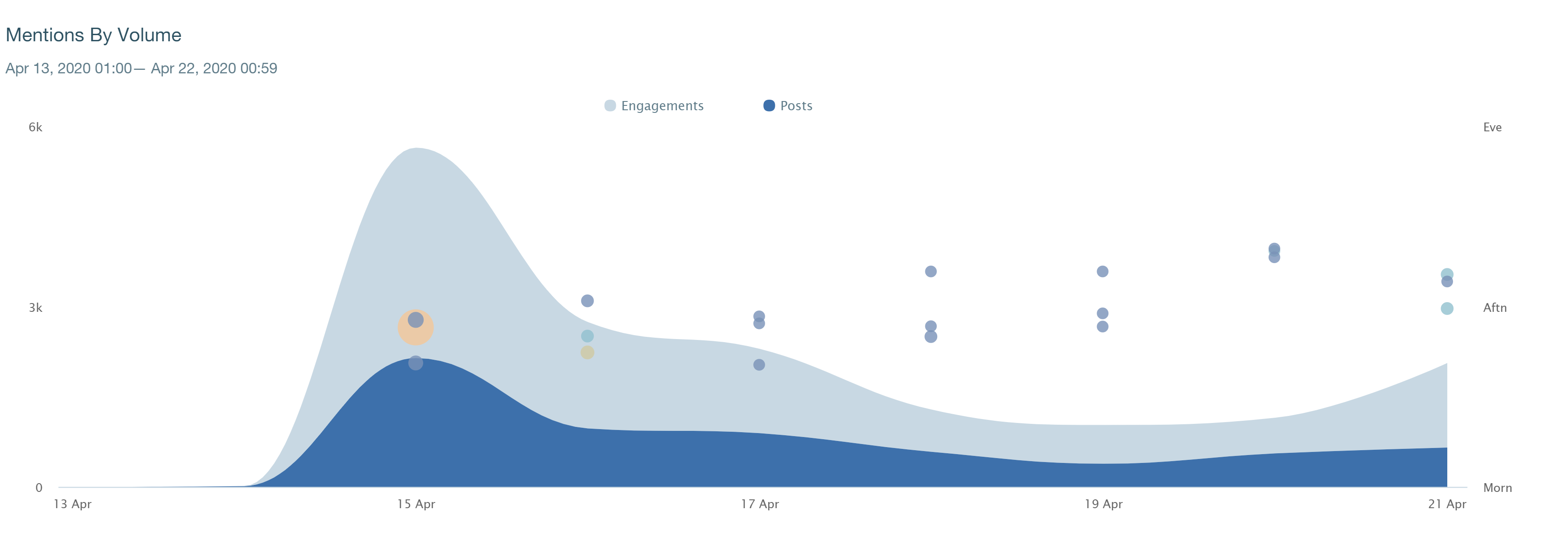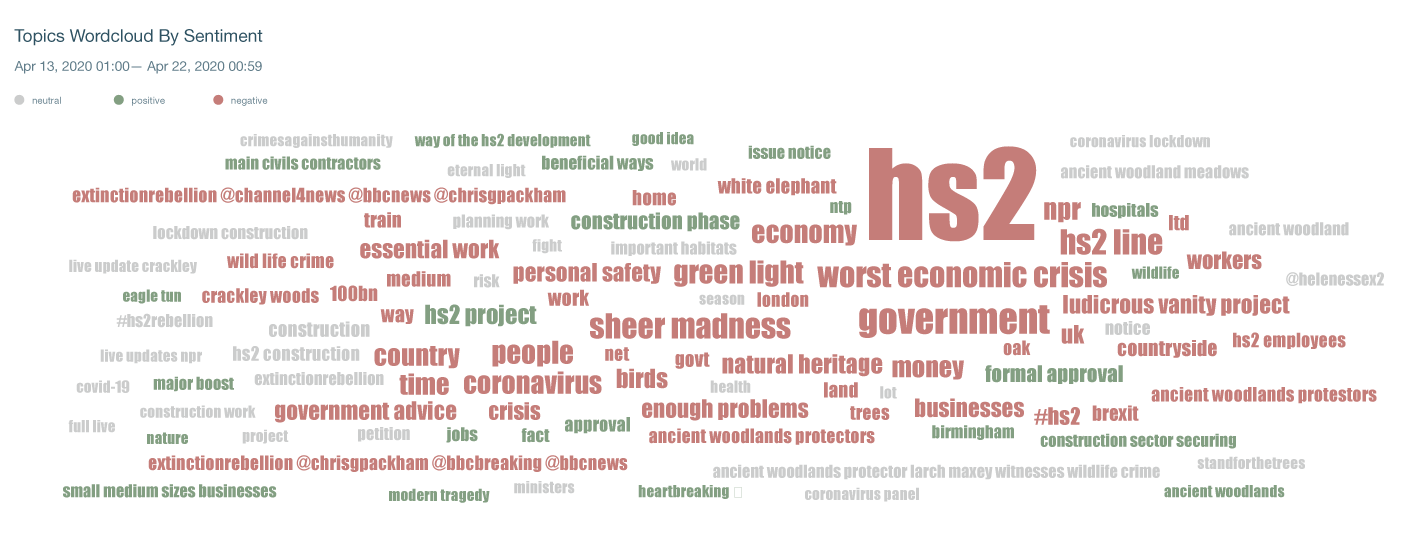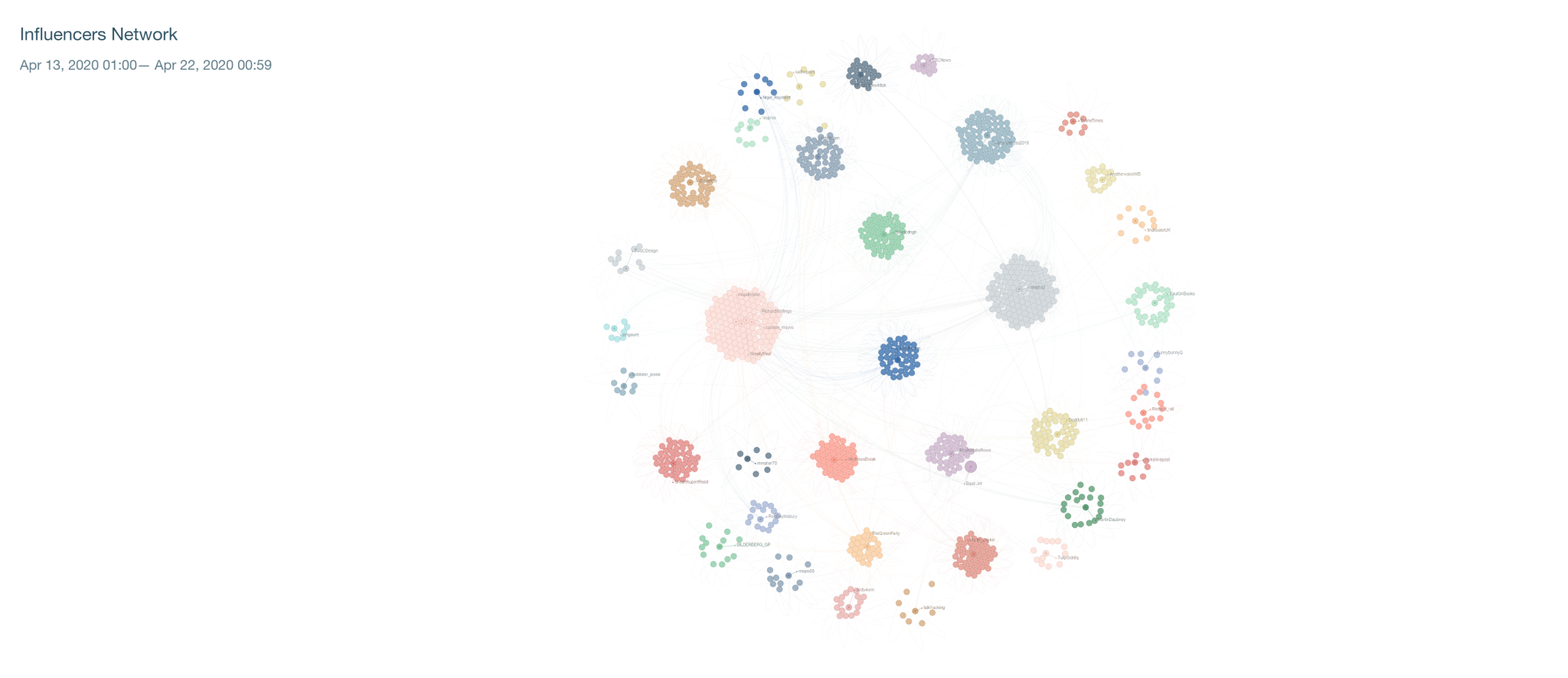Communicating is a two-way process. Conversations work by listening as well as talking.
Brilliant communications can put organisations at the heart of conversations that matter to them. But as well as talking within these conversations, we need to listen – to what’s being said about our organisations, issues and topics that are important to us.
The key to achieving this is, quite simply, finding your audience, and understanding your audience.
There are lots of methods: surveys, interviews, workshops, door-knocking and good old fashioned face-to-face chats are all useful.
Whatever method you choose, the bottom line is that if you’re going to speak to people you should be prepared to listen to them too – even if you don’t like what they’re saying.
LISTEN TO YOUR DIGITAL CROWD
Digital communication gives opportunities to communicate directly with your audiences. However, this makes it even more important to take the time to understand what’s being said before jumping
We work for clients on many different projects, across the country. They are rightly interested about what people say about them online. Our social listening tool helps to keep abreast of conversations that matter to them.
We’re able to share with them insights that can:
- shape their communications activity
- give them an idea of local sentiment towards an issue
- identify new online (and offline) influencers to engage with
It’s very interesting to see some of the things we’ve been able to find out by using the tool. Here is one example we’ve been looking at recently:
HS2 EMERGES FROM SOCIAL MEDIA HIBERNATION
Over the last few years the issue of HS2 has seen considerable engagement on social media, with thousands of posts and engagements each week. However, in the last couple of months Covid-19 has pushed virtually every other issue, including HS2, into hibernation on social media. It is within this context that this time last week, the Government announced that HS2 had received the green light for construction.
Ordinarily such an announcement would dominate the political landscape and generate considerable traction on social media. However, in the last week we have only seen 6,000 posts and 10,000 engagements on HS2, with the majority of which taking place on the day of the announcement (15 April). To put this context, over the same time period, the care minister, Helen Whately has seen over 15,000 tweets alone since her car crash interview with Piers Morgan last week.
With that being said, it is interesting to note that posts and engagement on HS2 have not reverted to the pre-announcement level and its likely that that news of construction has reactivated the long-term debate on the issue which will only increase in time.

OPPONENTS STILL DOMINATE DEBATE
Perhaps unsurprisingly the data shows us that over 65% of posts and engagement on HS2 have had a negative sentiment. Although it is interesting to see how this is broken by topics, with tags such as ‘SMEs’, ‘construction’ and ‘major boost [to the economy]’ generating positive sentiments. Whereas issues such as the cost of HS2, the timing of the announcement during a national crisis and environmental concerns etc are negative.

A look at some of the influencers in this space, shows how people have clustered and engaged with influencers such as Dr Richard Wellings at the IEA, Stop HS2, Natalie Bennett at the Green Party, Rupert Read at Extinction Rebellion amongst others. It should be noted that there are countless spheres of influence across the political spectrum on HS2. Although of concern for supporters of the project, the vast majority of engagement occurs in spheres of objectors – 192 for Richard Wellings at the IEA contrasted with only 18 for high profile HS2 supporters such as Mayor of West Midlands Andy Street.

MOMENTUM IS KEY
Of course, we all recognise that objectors are far more vocal on social media, but it is concerning that such a key milestone such as construction for HS2 would not result in a greater degree of public support – although we might expect to see a recalibration after the threat of Covid-19 has passed.
The project may have finally been given the green light but will take many years to build and successive governments might wonder if the political pain of the project is worth sticking with if vocal supporters are few and far between.
This is just a snapshot, of course, but it hopefully illustrates what can be done to understand online conversations about any topic, issue or brand.
If properly understood, these insights can form a vital part in shaping communications activity and providing organisations with an understanding of how their messages are being responded to.
Any good communications activity needs to be based on insight. This is an important way to get it.
After all, if you’re not listening to what people are saying about you, you’re out of the loop. And that’s not a good place for any organisation to be.


